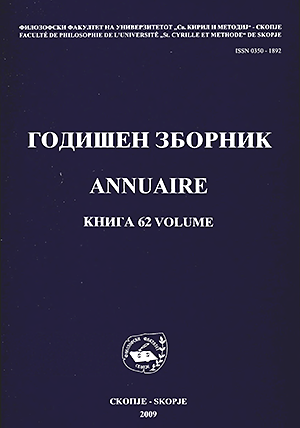ANDREA PALLADIO (1508 - 1580) AND THE PAINTING EXPERIENCE OF THE CLASSICAL ARCHITECTURE
DOI:
https://doi.org/10.37510/Keywords:
ANDREA PALLADIO, REINASSANCE, CLASSICAL ARCHITECTURE, VITRUVIUS, ROMA, VENETO, VICENZA, PAINTLNGAbstract
Andrea Palladio (1508-1580) combined classical restraint with constant
in ventiveness to produce one o f the most beautiful, and easily the most indu entai,
series o f buildings in the history o f art. As a part o f a great Humanist era o f
Michelangelo and Raphael, Titian and Veronese, Palladio constructed a world
made o f wonderful villas, churches and palaces, which is a truth miracle.
Palladio ’s theoretical writings are important and illuminating, yet they can
never do justice to the intense intuiti ve skills o f a magician oflight and colour.
Indeed, Palladio was as sensual, as skilled in visual alchemy as any Venetian
painter o f his time, and his countless imitators ha ve usually captured the details,
but not the essence, o f his suprime style. Especially in his late years, by
enploying colour, giant orders and fasades like stage-sets, Palladio strove to
design buildings that would move people. Departing sharply from the usual
Classicist black and white interpretation, here Palladio is shown in a new light,
as a creator o f images, an inventor o f new forms or innovative solutions required
to overcome the difficulties o f irregular sites. Many painers respect his work
and show that through their paintings, like Veronese, Tintoretto, Vicentino and
others. Even splendid vedute by Canaletto andZuccarelli will shaw real and
idealised versions o f Palladian buildings painted for 18th century admirers in
a kind o f „Palladio show“ conceived over 200years ago.
Palladio changed the face o f Vicenza, the way o f living in the Veneto
countryside and the backdrop to the bacino di San Marco in Venice. There are
buildings all the way from Philadelphia to St Petersburg which bear witness
to Palladio ’s permanent place in the making of architecture.
Downloads
Published
Issue
Section
License
Copyright (c) 2009 Tatjana Filipovska

This work is licensed under a Creative Commons Attribution 4.0 International License.





